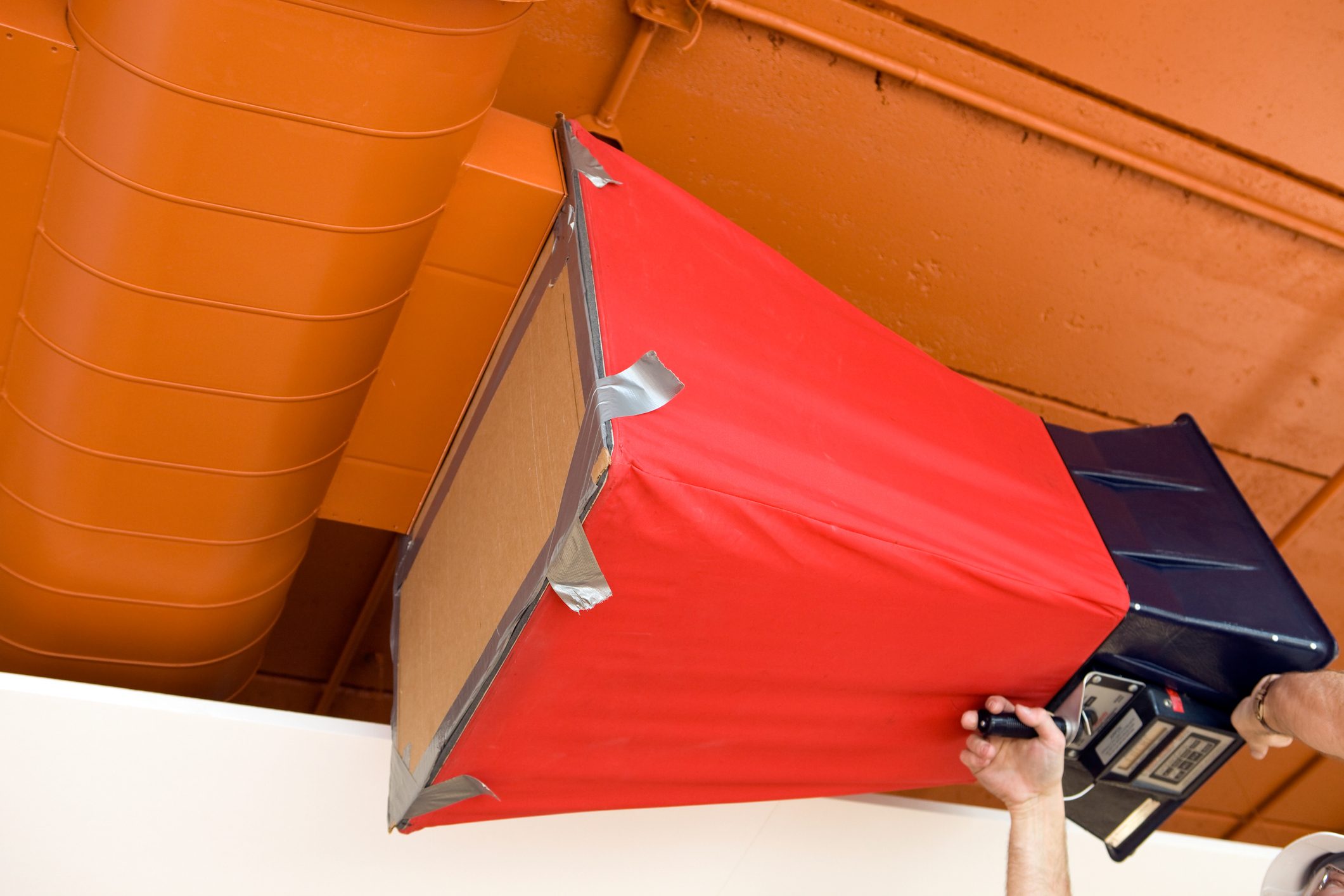Proper HVAC balance keeps your furnace, heat pump or central AC running at peak efficiency by eliminating hot/cold spots.

HVAC Balance Explained: What It Is and How to Achieve It

Many homeowners think their HVAC system uniformly blankets their entire house with cool or warm air as needed. That is seldom the case. Every forced-air system has several parts that must operate simultaneously in order for the HVAC to be balanced. When any of those components goes out of balance, it can cause uneven temperatures and decreases in efficiency for your HVAC system. That’s where air balancing comes in. Adjusting airflow helps to restore comfort, minimize energy costs and enhance general system efficiency.
Whether by basic DIY techniques or with professional assistance, knowing the need for air balancing and knowing how to balance HVAC airflow will help you identify problems early and enhance airflow in your HVAC system.
On This Page
What Is Air Balancing?
Air balancing means adjusting an HVAC system so every room in the house receives the right amount of conditioned air (hot or cold, depending on the season) to be as comfortable as possible. All residential HVAC systems should be balanced when installed. It’s not unusual for them to need adjusting from time to time.
In a perfect world, if you set your thermostat to 72 degrees Fahrenheit, every room in the home should be warmed or cooled to that temperature. Unfortunately, that’s not always true! Many homeowners find that getting one floor the right temperature leaves other floors too hot or cold. Sometimes, individual rooms never seem to match the temperature of the rest of the house.
Why Is Air Balancing Important?
Maintaining a comfortable, energy-efficient house depends on air balancing. A properly-balanced HVAC system guarantees that every area gets the correct amount of conditioned air, whether you have hot and cold spots or excessive utility bills, enhancing comfort and performance.
Air balancing is important in this respect because it:
- Enhances comfort across all rooms: Improper HVAC balance could cause some parts of your house to feel stuffy and heated while others stay cold. Air balancing creates a more consistant indoor environment by properly distributing airflow and removing these hot and cold areas.
- Improves HVAC efficiency: When uneven airflow causes your system to work more, it uses more energy. Balancing the air helps the system work more efficiently and last longer by reducing the load on it. Over time, this can result in energy savings.
- Supports healthy indoor air quality: Balanced airflow promotes correct ventilation, which helps lower allergies, humidity problems, and stagnant air. This is crucial in dwellings with tightly sealed architecture or restricted natural ventilation.
- Identifies underlying HVAC issues: Sometimes, imbalance indicates more serious problems such as undersized ducting, filthy filters or broken dampers. Air balance usually exposes these flaws early on, so you may fix them before they turn expensive.
How to Know if Your Home Needs Air Balancing?
Keep an eye out for these four clear indicators that your airflow needs fine-tuning:
- You notice persistent hot or cold areas in certain rooms.
- Your heating or cooling costs rise significantly.
- Airflow seems low even when vents are fully opened.
- Temperature variations of two degrees in different areas of the home suggest unequal air distribution, which could compromise comfort and efficiency.
Is Air Balancing DIYable?
There are two basic types of air balancing. The first is adjusting the dampers, a simple DIY fix any homeowner can make. The second involves a robust series of tests and adjustments best left to a pro.
DIY Air Balancing
Basic DIY air balancing involves changing dampers in specific rooms and along the duct lines of your HVAC system to enhance airflow in HVAC zones that seem uneven.
In individual rooms: Most residential supply vents feature a small metal lever that controls one or more diverter fins. Closing the diverter sends more conditioned air to other parts of the house and lowers airflow into that particular room.
On duct lines: Depending on how your HVAC system was installed, some supply ducts may include built-in dampers. Typically, external levers are used to open or close a metal disk inside the duct. Maximum airflow to the specified rooms is allowed when the disk lies flat (parallel to airflow). The disk limits airflow to certain locations when it stands upright (perpendicular).
To compensate for notable temperature changes, homeowners frequently change these settings seasonally—at the beginning of summer and winter. Label each damper with “summer” and “winter” locations if you are doing this frequently.
How To Get Your Air Balanced by a Pro
Air balancing done by a pro takes a more quantitative and holistic approach to air distribution throughout an HVAC system. A pro will examine the system and conduct tests and measurements to determine what can be done to optimize the air balance for your home.
Their solution may involve the same damper adjustments as the DIY fix. Still, they may also involve technical work such as adjusting fan speed, replacing supply lines with larger or smaller ductwork, installing dampers where none currently exist or even suggesting a change in the HVAC unit itself.
There are two types of professional air balancing. A “comfort balance” is akin to the DIY air balancing, but with more attention to elements such as the blower fan. An even more involved approach features a full air diagnostic and balance. Organizations like the National Comfort Institute (NCI) have developed a standardized process, and some HVAC professionals offer NCI-certified balancing services.
Because it’s involved, a professional air balance doesn’t come cheap. While the final price will vary, the most frequently quoted numbers range between $75 and $100 per opening. That puts the cost to diagnose and balance a typical single-family home between $750 and $2,000, depending on the number of vents in each room and ease of access to the HVAC lines.



















